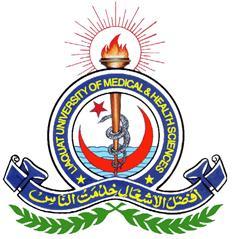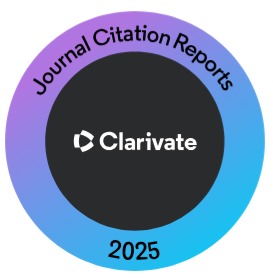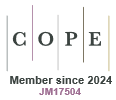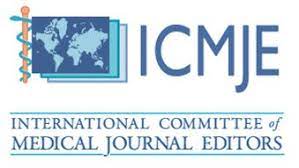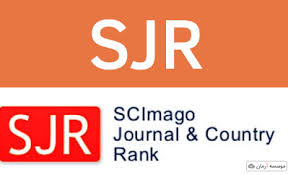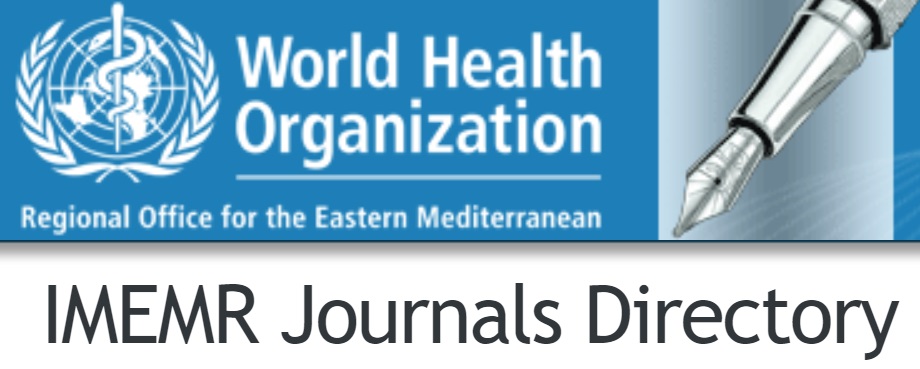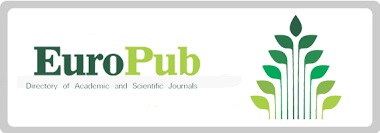Cupping Therapy Drains the Extra Lipids in Migraine Headache Patients
Keywords:
Migraine, Wet cupping, Liver function test, Lipid profileAbstract
OBJECTIVE: To determine how wet cupping affects the clinical and laboratory parameters of individuals with migraine headaches.
METHODOLOGY: This cross-sectional study was conducted at the Department of Neurology, Dr Ruth K M Pfau Hospital, Karachi and Hamdard University in collaboration with the Institute of Biochemistry, University of Sindh, Jamshoro, from January 2021 to December 2023. A total of 102 migraine headache patients aged 15 to 70 years, including 32 males and 70 females, with evidence of migraine headache and normal EEG, who confirmed the migraine, participated in the study after providing written informed consent. Patients with abnormal EEG tests younger than 15 were excluded from the study. The patients underwent wet cupping; 5ml intravenous blood samples were collected before the procedure, 5ml from the cups, and 5ml intravenous blood was collected after one week of cupping therapy. The spectroscopic method analyzed all the samples for serum lipid profile. Data analysis was performed using SPSS Version 26, with a significance level set as p<0.05 at a 95% confidence interval.
RESULTS: Most migraine patients were female. The wet cupping samples exhibited significant increases p<0.05 in lipid and liver profiles compared to pre-cupping samples, although they remained within normal ranges. No significant variations were observed in gender-specific comparisons for serum lipids. Additionally, age-wise comparisons revealed no significant differences among migraine patients of various age groups in pre-cupping and cupping samples.
CONCLUSION: Wet cupping therapy drains the extra serum lipids and reduces migraine headaches.
References
Shan C-S, Xu Q-Q, Shi Y-H, Wang Y, He Z-X, Zheng G-Q. Chuanxiong formulae for migraine: a systematic review and meta-analysis of high-quality randomized controlled trials. Front Pharmacol. 2018;9:589.
Qureshi NA, Ali GI, Abushanab TS, El-Olemy AT, Alqaed MS, El-Subai IS et al. History of cupping (Hijama): a narrative review of literature. J Integr Med. 2017;15(3):172-81.
Al Bedah AM, Khalil MK, Posadzki P, Sohaibani I, Aboushanab TS, AlQaed M et al. Evaluation of wet cupping therapy: systematic review of randomized clinical trials. J Altern Complement Med. 2016;22(10):768-77.
Aboushanab TS, AlSanad SM. Cupping therapy (Hijama) in the Arab world. Handbook of Healthcare in the Arab World: Springer; 2021. p. 1845-64.
El Sayed SM, Mahmoud HS, Nabo MMH. Methods of wet cupping therapy (Al-Hijamah): in light of modern medicine and prophetic medicine. Altern Integ Med. 2019;2(3):1-16.
El-Shanshory M, Hablas NM, Shebl Y, Fakhreldin AR, Attia M, Almaramhy HH et al. Al-hijamah (wet cupping Therapy of prophetic medicine) significantly and safely reduces iron overload and oxidative stress in thalassemic children: a novel pilot study. J Blood Med. 2018;9:241-51.
Aboushanab TS, AlSanad S. Cupping therapy: an overview from a modern medicine perspective. J Acupuncture Meridian Stud. 2018;11(3):83-7.
Liampas I, Mylonas KS, Brotis A, Dervenis P, Siokas V, Mentis AFA et al. Serum lipid abnormalities in migraine: A meta?analysis of observational studies. Headache. 2021;61(1):44-59.
Ahmad SR, Rosendale N. Sex and gender considerations in episodic migraine. Curr Pain Headache Reports. 2022;26(7):505-16.
Allais G, Chiarle G, Sinigaglia S, Benedetto C. Menstrual migraine: a review of current and developing pharmacotherapies for women. Expert Opinion Pharmacotherapy. 2018;19(2):123-36.
Westergaard ML, Glümer C, Hansen EH, Jensen RH. Prevalence of chronic headache with and without medication overuse: associations with socioeconomic position and physical and mental health status. PAIN. 2019;155(10):2005-13.
Allafi AR, Al-Haifi AR. The effect of Hijamah on different health parameters. Progress Nutrition. 2020;22(2):411-4.
Saeed AA, Badulla WF, Sheikh GAA. The effect of wet cupping therapy (al-hijamah) on some blood components: a comparative study. Electronic J University of Aden for Basic and Applied Sciences. 2021;2(3):124-30.
Niasari M, Kosari F, Ahmadi A. The effect of wet cupping on serum lipid concentrations of clinically healthy young men: a randomized controlled trial. J Altern Complement Med. 2017;13(1):79-82.
Shekarforoush S, Foadoddini M, Noroozzadeh A, Akbarinia H, Khoshbaten A. Cardiac effects of cupping: myocardial infarction, arrhythmias, heart rate and mean arterial blood pressure in the rat heart. Chin J Physiol. 2017;55(4):253-8.
Wadhera RK, Steen DL, Khan I, Giugliano RP, Foody JM. A review of low-density lipoprotein cholesterol, treatment strategies, and its impact on cardiovascular disease morbidity and mortality. J Clin Lipidology. 2016;10(3):472-89.
Lu S, Du S, Fish A, Tang C, Lou Q, Zhang X. Wet cupping for hypertension: a systematic review and meta-analysis. Clin Experiment Hypertension. 2019;41(5):474-80.
Shekarforoush S, Foadoddini M, Noroozzadeh A, Akbarinia H, Khoshbaten A. Cardiac effects of cupping: myocardial infarction, arrhythmias, heart rate and mean arterial blood pressure in the rat heart. Chinese J Physiology. 2018;55(4):253-8.
Al-Bedah AM, Elsubai IS, Qureshi NA, Aboushanab TS, Ali GI, El-Olemy AT, et al. The medical perspective of cupping therapy: Effects and mechanisms of action. Journal of traditional and complementary medicine. 2019;9(2):90-7.
Downloads
Published
How to Cite
Issue
Section
License
Copyright (c) 2025 Journal of Liaquat University of Medical & Health Sciences

This work is licensed under a Creative Commons Attribution-NonCommercial-ShareAlike 4.0 International License.
Submission of a manuscript to the journal implies that all authors have read and agreed to the content of the undertaking form or the Terms and Conditions.
When an article is accepted for publication, the author(s) retain the copyright and are required to grant the publisher the right of first publication and other non-exclusive publishing rights to JLUMHS.
Articles published in the Journal of Liaquat University of Medical & health sciences are open access articles under a Creative Commons Attribution-Noncommercial - Share Alike 4.0 License. This license permits use, distribution and reproduction in any medium; provided the original work is properly cited and initial publication in this journal. This is in accordance with the BOAI definition of open access. In addition to that users are allowed to remix, tweak and build upon the work non-commercially as long as appropriate credit is given and the new creations are licensed under the identical terms. Or, in certain cases it can be stated that all articles and content there in are published under creative commons license unless stated otherwise.


